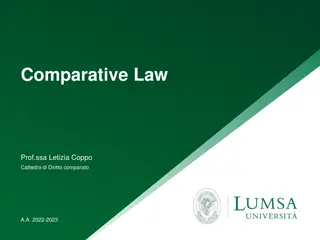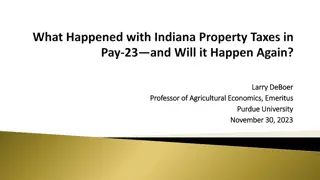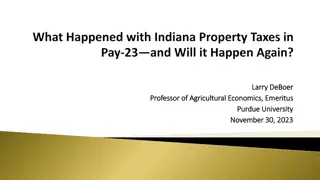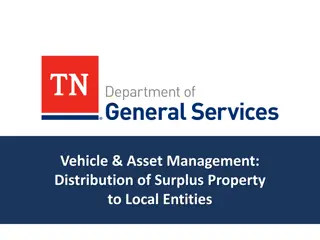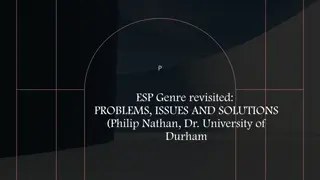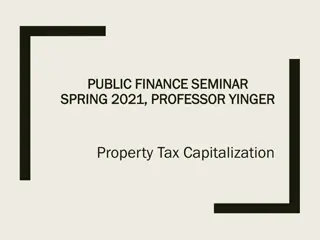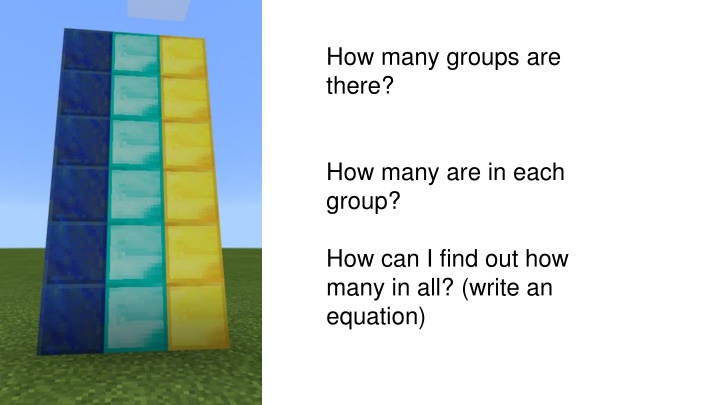
Multiplication Patterns Through Grouping Scenarios
Explore how multiplication works by analyzing scenarios with groups and finding the total number in each using equations. Discover the common patterns and connections between different groupings, showcasing how multiplication operates forwards and backwards.
Download Presentation

Please find below an Image/Link to download the presentation.
The content on the website is provided AS IS for your information and personal use only. It may not be sold, licensed, or shared on other websites without obtaining consent from the author. If you encounter any issues during the download, it is possible that the publisher has removed the file from their server.
You are allowed to download the files provided on this website for personal or commercial use, subject to the condition that they are used lawfully. All files are the property of their respective owners.
The content on the website is provided AS IS for your information and personal use only. It may not be sold, licensed, or shared on other websites without obtaining consent from the author.
E N D
Presentation Transcript
How many groups are there? How many are in each group? How can I find out how many in all? (write an equation)
There were 3 groups. There were 6 in each group. I can find the total by multiplying 3 and 6. 3x6=18
How many groups are there? How many are in each group? How can I find out how many in all? (write an equation)
There were 3 groups. There were 6 in each group. I can find the total by multiplying 3 and 6. 3x6=18
What do these 2 problems have in common? What do they communicate?
How many groups are there? How many are in each group? How can I find out how many in all? (write an equation)
There were 2 groups. There were 5 in each group. I can find the total by multiplying 2 and 5. 2x5=10
How many groups are there? How many are in each group? How can I find out how many in all? (write an equation)
There were 5 groups. There were 2 in each group. I can find the total by multiplying 5 and 2. 5x2=10
What do these 2 problems have in common? What do they communicate?
The Big Idea Multiplication problems are the same backwards and forwards!

